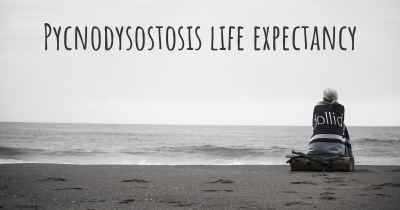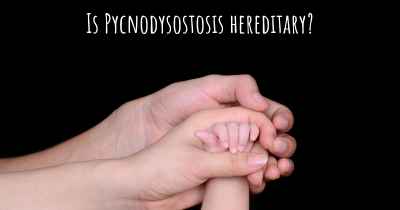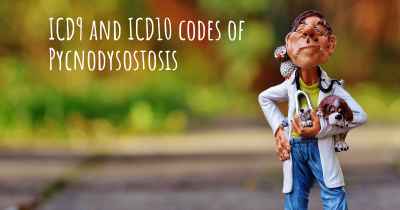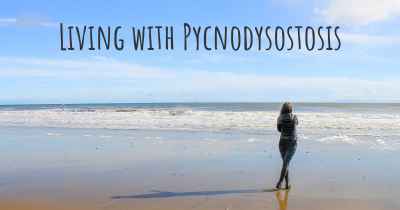How is Pycnodysostosis diagnosed?
See how Pycnodysostosis is diagnosed. Which specialists are essential to meet, what tests are needed and other useful information for the diagnosis of Pycnodysostosis
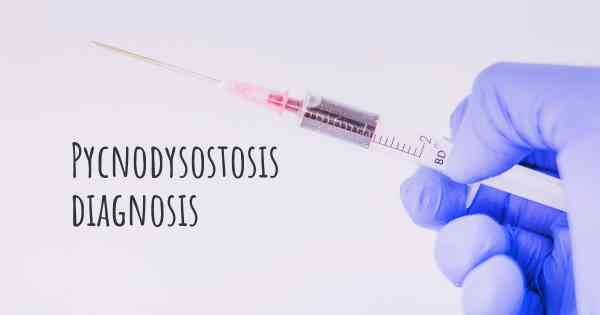
Pycnodysostosis is a rare genetic disorder characterized by abnormal bone development and fragility. Diagnosing this condition involves a comprehensive evaluation of clinical symptoms, physical examination, and various diagnostic tests.
Medical History and Physical Examination: The first step in diagnosing Pycnodysostosis is obtaining a detailed medical history, including information about the patient's family history of bone disorders. A physical examination is then conducted to assess the patient's overall bone structure, joint mobility, and dental abnormalities.
Radiographic Imaging: X-rays play a crucial role in diagnosing Pycnodysostosis. They help identify characteristic skeletal abnormalities such as increased bone density, delayed closure of fontanelles (soft spots on the skull), and underdeveloped facial bones. X-rays also reveal other bone deformities, including short and thickened long bones, thin clavicles, and abnormally shaped vertebrae.
Genetic Testing: To confirm the diagnosis of Pycnodysostosis, genetic testing is often performed. This involves analyzing the patient's DNA for mutations in the CTSK gene, which is responsible for producing an enzyme called cathepsin K. Mutations in this gene lead to the characteristic features of Pycnodysostosis.
Other Laboratory Tests: Additional laboratory tests may be conducted to assess bone metabolism and rule out other conditions. These tests include measuring levels of calcium, phosphate, alkaline phosphatase, and parathyroid hormone in the blood.
Biopsy: In some cases, a bone biopsy may be performed to examine the bone tissue microscopically. This can help differentiate Pycnodysostosis from other bone disorders and provide further confirmation of the diagnosis.
It is important to note that diagnosing Pycnodysostosis requires the expertise of medical professionals, including geneticists, orthopedic specialists, and radiologists. The combination of clinical evaluation, radiographic imaging, genetic testing, and laboratory investigations enables an accurate diagnosis of Pycnodysostosis, allowing for appropriate management and genetic counseling.
